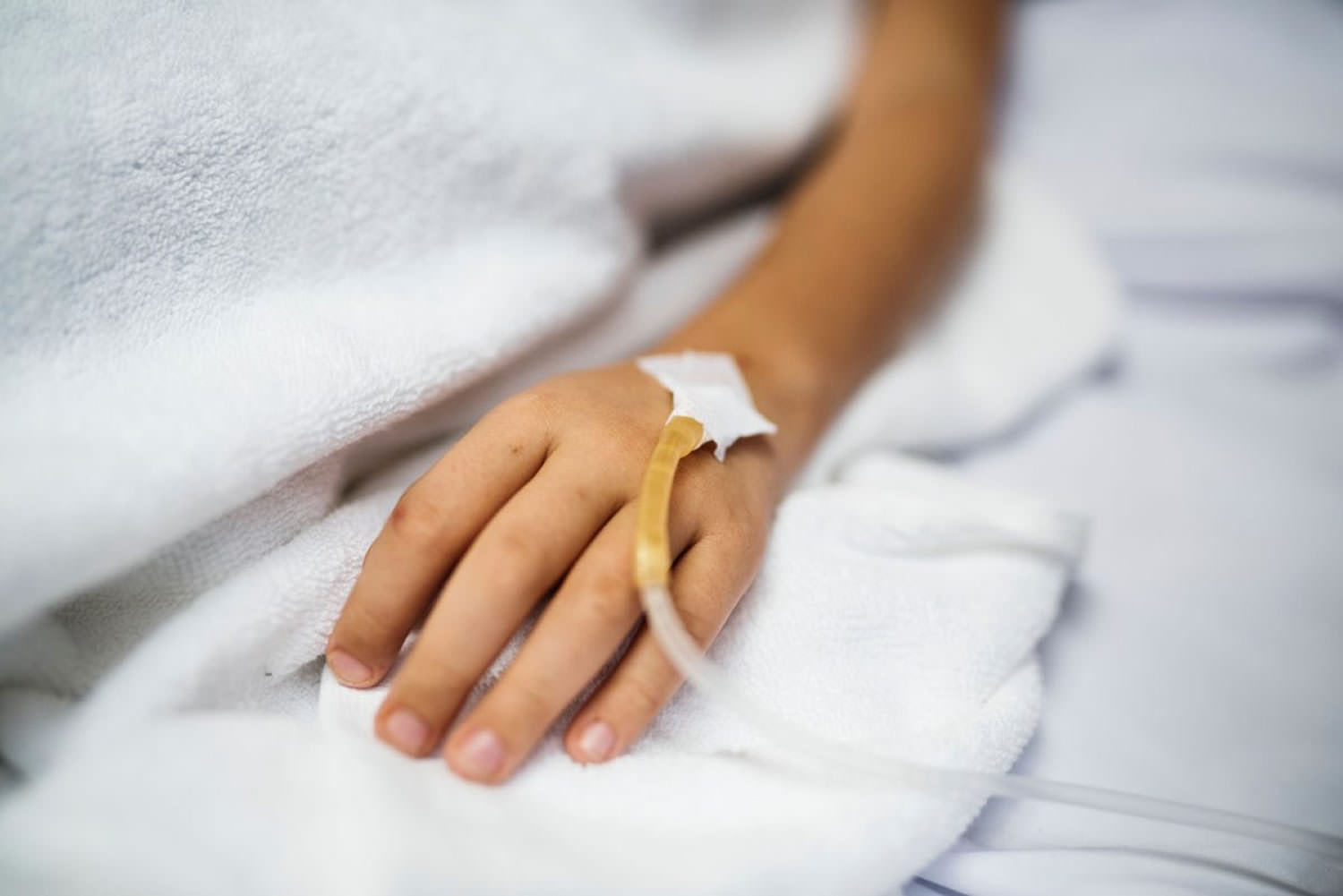Young lives are lost daily because we’ve put blinders on research;
a National Pediatric Database will break down silos and shine light on finding cures
The cures for pediatric cancer and other terminal and chronic diseases are out there waiting to be discovered. Do we have the vision to find them?
As we examine what it will take to end the scourge of pediatric cancer and other “incurable” illnesses that strike kids, we’ve looked at what the following entities must do to change:
- Investors
- Donors
- Government (the National Cancer Institute)
Today we’ll look at research being conducted to fight pediatric diseases through public and private institutions. This is a vast area that encompasses work at major cancer research centers, universities, and children’s hospitals across the US.
There are hundreds such institutions working on different aspects of childhood health and disease – so many that no one seems to know exactly how many there are. For instance, there are more than 220 children’s hospitals where various forms of research are ongoing.

Yet despite all the research that’s going on, and billions of dollars spent, “the causes of most childhood cancers remain unknown,” according to NCI. This is one reason why cancer remains the leading cause of death from disease among children and adolescents in the US.
“Although substantial progress has been made in the treatment of several types of childhood cancer over the past five decades, progress against other types has been limited,” NCI states.
Research on childhood cancers and other diseases tends to be narrowly focused on specific drugs, treatments, and genetic or other causal factors. For this reason, there is good chance we may be missing the forest for the trees when it comes to finding cures.
For instance, the National Institutes of Health announced last year it had formed a new Trans-NIH Pediatric Research Consortium to coordinate pediatric research programs across its institutes and centers to “advance pediatric research on a global level.”
“The new consortium aims to harmonize these activities, explore gaps and opportunities in the overall pediatric research portfolio, and set priorities” among the 27 NIH institutes and centers that fund some aspects of child health research.
Yet when we at Bridge to a Cure contacted the consortium to find out if they were participating in building a National Pediatric Cancer Database, a spokesman referred us to NCI, saying, “This is an initiative of the National Cancer Institute.”
The consortium is made up of NIH officials. NCI is part of NIH. Yet they did not seem to be aware of what we believe is the most promising avenue for results in curing pediatric cancers and other diseases. This despite the fact that in FY 2017, NIH funded pediatric research grants and projects totaling almost $4.2 billion out of its annual budget of about $37 billion.
The main purpose of the NIH consortium is “to identify opportunities for collaborative research, identify gaps that need to be addressed, and try to harmonize the overall research effort at NIH directed toward child health.” So they should be deeply involved in work to create a National Pediatric Database that would combine everything we know about childhood cancers.
As we’ve pointed out, we need a National Pediatric Database now to empower researchers to:
- Access to all available information on the diseases, drugs and treatments to identify patterns that will help them prevent, diagnose, treat, and ultimately cure cancer and other diseases.
- Use the power of Artificial Intelligence and Machine Learning to search for synergies among existing conventional and alternative treatments and new ways to attack disease.
- Overcome hurdles posed by the existing patchwork of data, including data from unstructured electronic health records and other other sources collected for disparate purposes. Most existing databases “do not have sufficient quality to be used by AI algorithms to achieve the quality standard required for clinical trials.”
We have researchers with great minds spending mountains of money, yet there are many children’s diseases for which we don’t have a cure. This is unacceptable when we consider:
- In the United States in 2019, an estimated 11,060 new cases of cancer will be diagnosed among children from birth to 14 years, and about 1,190 children are expected to die from the disease.
- The most common types of cancer diagnosed in children ages 0 to 14 years are leukemias, brain and other central nervous system (CNS) tumors, and lymphomas.
- Ten to twenty million children and adolescents in the United States have some form of chronic illness or disability.
I believe the reason we don’t yet have cures or effective treatment for so many childhood illnesses lies in the fact that research today still lacks the unified database needed to tie together everything we know about these diseases.
 It’s time for leadership of research institutions – whether they are cancer centers, universities, children’s hospitals, or other entities – to realize how a comprehensive national pediatric database could be a game-changer.
It’s time for leadership of research institutions – whether they are cancer centers, universities, children’s hospitals, or other entities – to realize how a comprehensive national pediatric database could be a game-changer.
I am totally focused on building a national database that has everything we know about the specific diseases and every drug or treatment that could be used to attack those diseases, including:
- Causes of disease (still unknown for many forms of childhood cancer).
- Weaknesses in the diseases themselves (the approach most research centers take today.
- Bolstering the immune system and other systems such as angiogenesis and apoptosis to defend against disease.
- Fighting the energy sources that fuel disease processes.
To be truly comprehensive, a National Pediatric Database must also include data from every medical file of every child that has a specific disease, and information on non-traditional treatments and how they interact with conventional medicine. Right now we don’t have this data on conventional – let alone alternative – treatments. This is the system we must build if we are serious about stopping the diseases that rob children of their lives and their futures.
Our research institutions are full of skilled and dedicated people who want to achieve these breakthroughs. We must give them the data and the technological support they need to make sense of it. Artificial intelligence and quantitative analysis will give us the ability to hunt for synergies in drugs and treatments that hold the keys to cures.
Think about it: These cures could be staring us in the face. Will we have the vision to see them?






